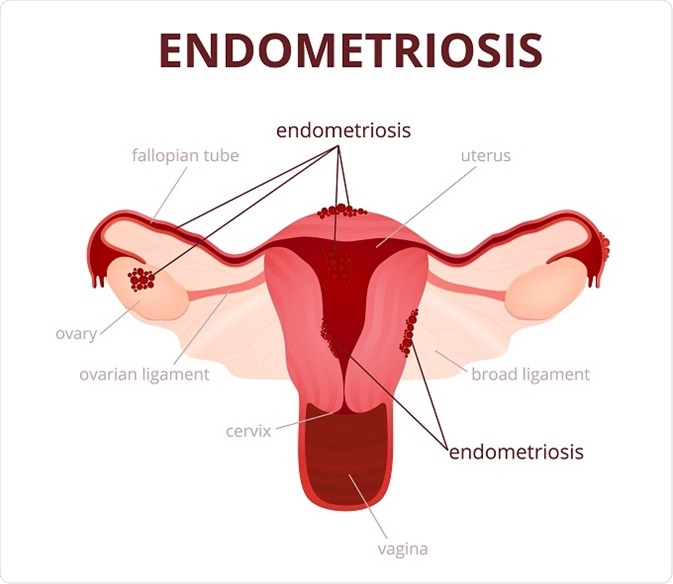Endometriosis drug offers hope for sufferers who want children
A new drug for womb disease – endometriosis could offer hope for sufferers who want children. Called HMI-115, it dramatically reduces the agony caused by the chronic womb condition and – for the first time – patients can get pregnant while being treated. Endometriosis, which affects one in ten women, develops when tissue that lines […]

Endometriosis
A new drug for womb disease – endometriosis could offer hope for sufferers who want children.
Called HMI-115, it dramatically reduces the agony caused by the chronic womb condition and – for the first time – patients can get pregnant while being treated.
Endometriosis, which affects one in ten women, develops when tissue that lines the womb grows in other parts of the body. It can cause bleeding, inflammation and, if left untreated, can lead to infertility.
While drugs already exist which can reduce the debilitating symptoms, patients cannot get pregnant while taking them.
- Sit-at-home order: Gunmen kill vigilantes, burn vehicle in Anambra
- Tinubu arrives Brazil for G20 Summit
Earlier this year, a new hormone therapy, relugolix, was approved by the UK drug regulator after being shown to dramatically reduce the impact of symptoms. However, it disrupts the menstrual cycle, meaning patients are unable to fall pregnant while on it.
HMI-115 works by blocking production of a protein created in response to endometriosis, which is thought to trigger the pain that patients suffer.
In a trial, HMI-115 cut pain levels by an average of 42 per cent. And, crucially, it did not appear to disrupt the menstrual cycle.
“For the past 40 years, people have been calling for a new target that provides pain relief while bypassing sex hormones – we are answering that call,” says Professor Rui-Ping Xiao who is leading the research from Tsinghua University in Shanghai.
Hope Medicine, the Chinese pharmaceutical company that makes HMI-115, says it is planning to begin a larger global trial ‘as soon as possible’.
Patients with endometriosis wait, on average, more than eight years from the onset of symptoms to receive a diagnosis.
